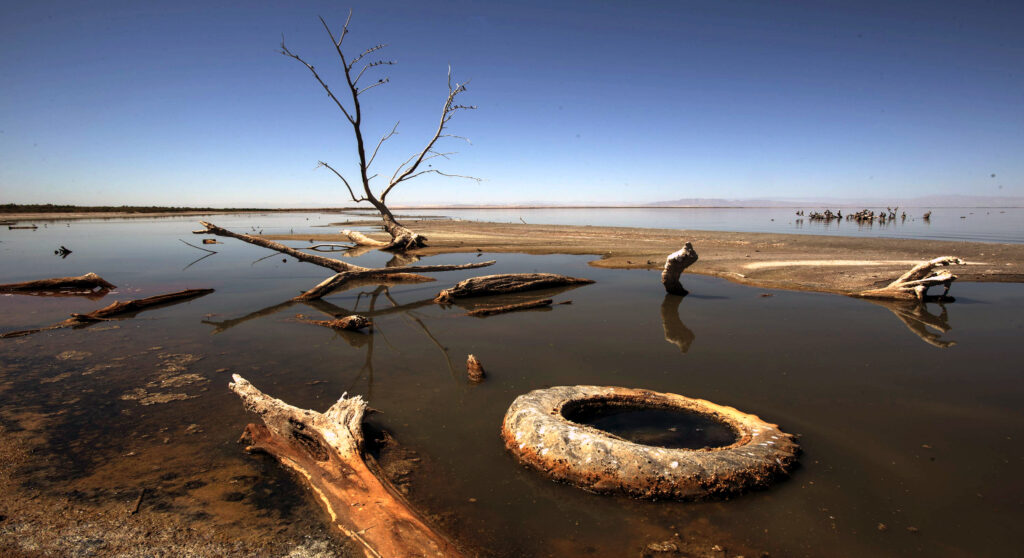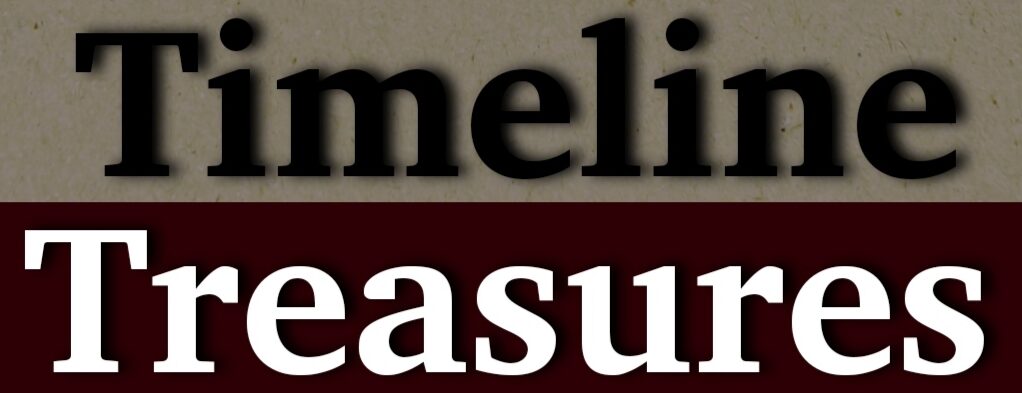
Beneath the toxic waters of California’s Salton Sea lies an astonishing $540 billion worth of lithium—enough to power over two billion electric vehicles. This so-called “white gold” is crucial for the global transition to clean energy. However, scientists warn that tapping into this massive reserve could turn an existing environmental disaster into something even worse.
The Salton Sea, an accidental lake formed in 1905, was once a thriving tourist and wildlife hub. But over time, its waters became a deadly mix of rising salinity, pollution, and toxins. As the lake shrinks, it exposes sediments laced with heavy metals and pesticides, leading to toxic dust storms that threaten nearby communities with severe health risks, including lung disease and asthma.
Despite these dangers, the lake sits atop one of the world’s richest lithium reserves, making it a prime target for extraction as demand for EV batteries skyrockets. If fully tapped, these lithium deposits could reshape the clean energy industry. Yet, experts fear the mining process may worsen air pollution, further exposing residents to harmful contaminants like arsenic and selenium.
The Salton Sea now stands at a crossroads. Lithium mining could bring economic prosperity and boost America’s EV industry, but at what cost? Without strict environmental safeguards, this billion-dollar opportunity could deepen an already dire crisis. Policymakers face a tough decision: prioritize economic gain or protect the health of the people and the planet?
